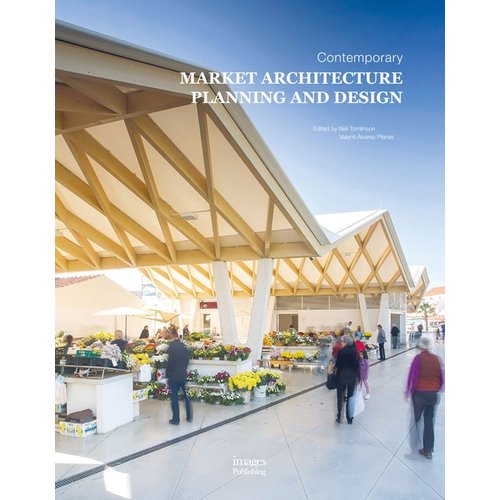Harvard Reveals Its Ultra-Energy-Efficient Center for Green Buildings and Cities

HouseZero is a former single-family house in Cambridge, Massachusetts.
Photo © Michael Grimm

An open interior layout and passive solar strategies should make electric illumination unnecessary during daylight hours.
Photo © Michael Grimm

A window actuation system, controlled by sophisticated software and sensors, automatically opens and closes windows to enable natural ventilation. The windows can also be operated manually.
Photo © Michael Grimm

Hexagonal panels cladding the central stairwell were robot-milled and finished by students at the Harvard Graduate School of Design.
Photo © Michael Grimm

Projecting window shrouds shield the interior spaces of HouseZero from direct sun during the summer to reduce the cooling load, but allow winter sun to penetrate.
Photo © Michael Grimm

An east-facing, glass-enclosed solar chimney is intended to help maximize natural ventilation.
Photo © Michael Grimm






Architects & Firms
Today, the Center for Green Buildings and Cities (CGBC) revealed its recently completed headquarters in a former single-family residence in Cambridge, Massachusetts. The roughly 80-year-old, 4,500-square-foot structure, now dubbed HouseZero, has undergone a deep-energy revamp so that the electricity produced by a small rooftop photovoltaic array (15 kW) will far exceed the center’s day-to-day power needs. In addition to covering operations, over the center’s lifespan, the PVs are expected to offset its embodied carbon—those emissions associated with the fabrication and transport of building materials and the construction process. The project’s aim was to create both a prototype for aggressively energy-efficient retrofits and an infrastructure for research, says Ali Malkawi, the founding director of the CGBC, which is part of the Harvard Graduate School of Design.
In order to transform the typical wood-framed house into an energy-sipping workspace for the CGBC’s 25 staff members, Snøhetta, HouseZero’s architect, devised an overhaul that consists of tightly integrated and primarily passive strategies. Without major modifications to the building’s exterior appearance (it is located in an historic district), the project team improved the air-tightness and insulation level of the envelope, removed partitions to open up the interiors, increased the structure’s thermal mass with the addition of radiant slabs, and replaced the existing windows with automated “smart” ones that open and close depending on weather conditions and interior carbon dioxide levels (occupants also can operate the windows manually). The result is an airy office space that Malkawi says will require no electric illumination during daylight hours, will consume almost no energy for heating or cooling, and will operate with only natural ventilation.
Conscious of the project’s embodied carbon ambitions, Snøhetta avoided building products that are energy-intensive to manufacture. For instance, the architects chose wood fiber as the primary continuous insulation material instead of petroleum-based foam. For the new radiant slabs, they replaced 70 percent of the cement in a typical concrete mix with slag, an industrial byproduct. The near-white color of the cement substitute has an added benefit—it aids the distribution of the daylight, points out Aaron Dorf, a Snøhetta director.
More than just office space, HouseZero is intended as a living lab. Toward that end, a section of one of the side facades has been designed so that it can be readily removed to test experimental envelope technologies. In addition, throughout the building there are 285 sensors collecting almost 17 million data points daily. This information will fuel the center’s research into computational simulation and intelligent algorithms. The ultimate goal, says Malkawi, is to develop tools that can be “scalable and adaptable to any climate” and “fundamentally change the way we design and operate buildings.”












